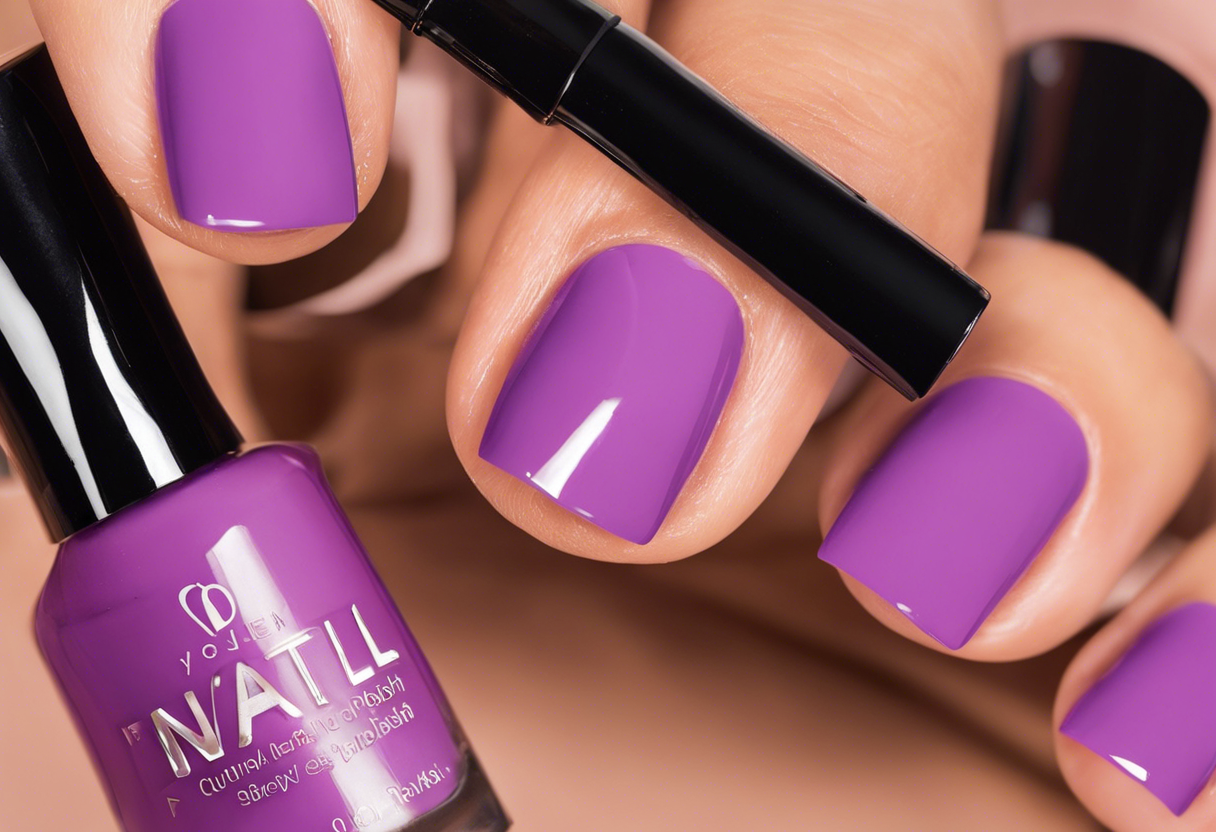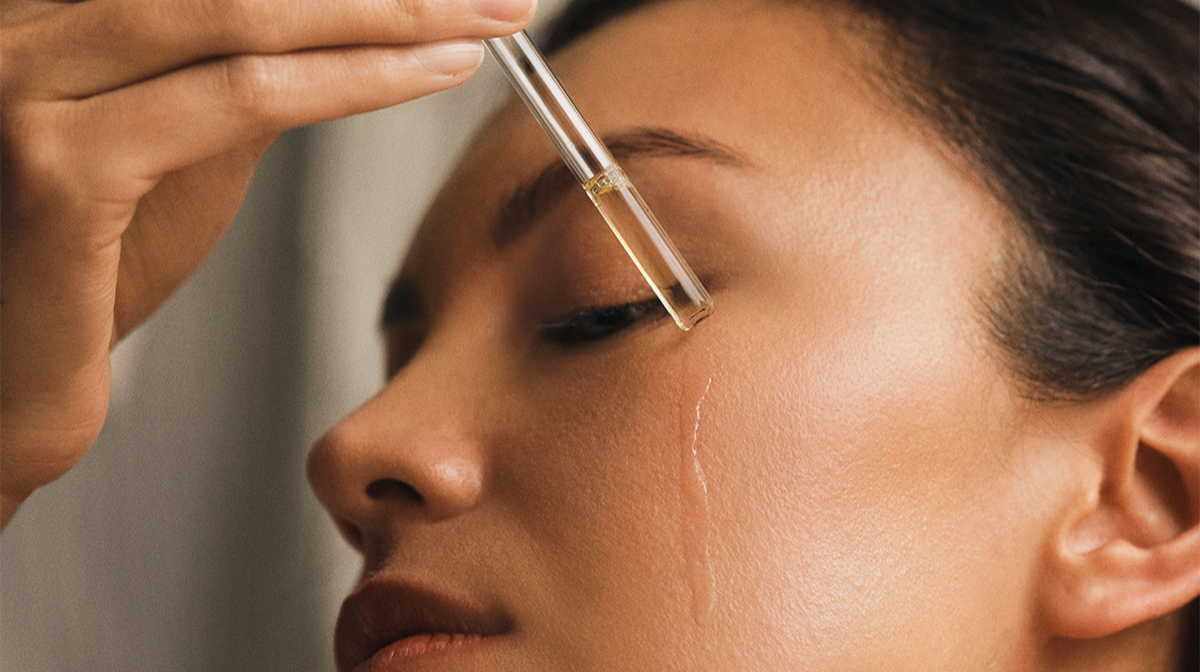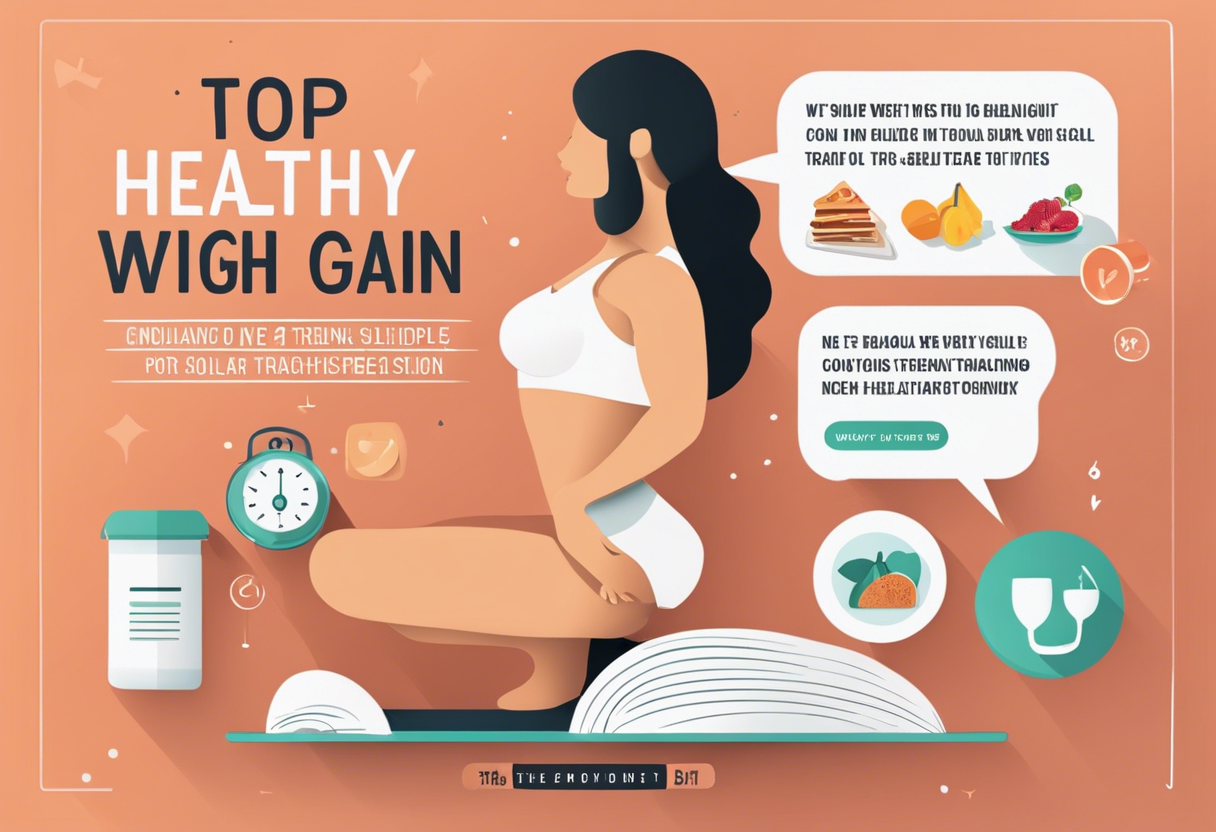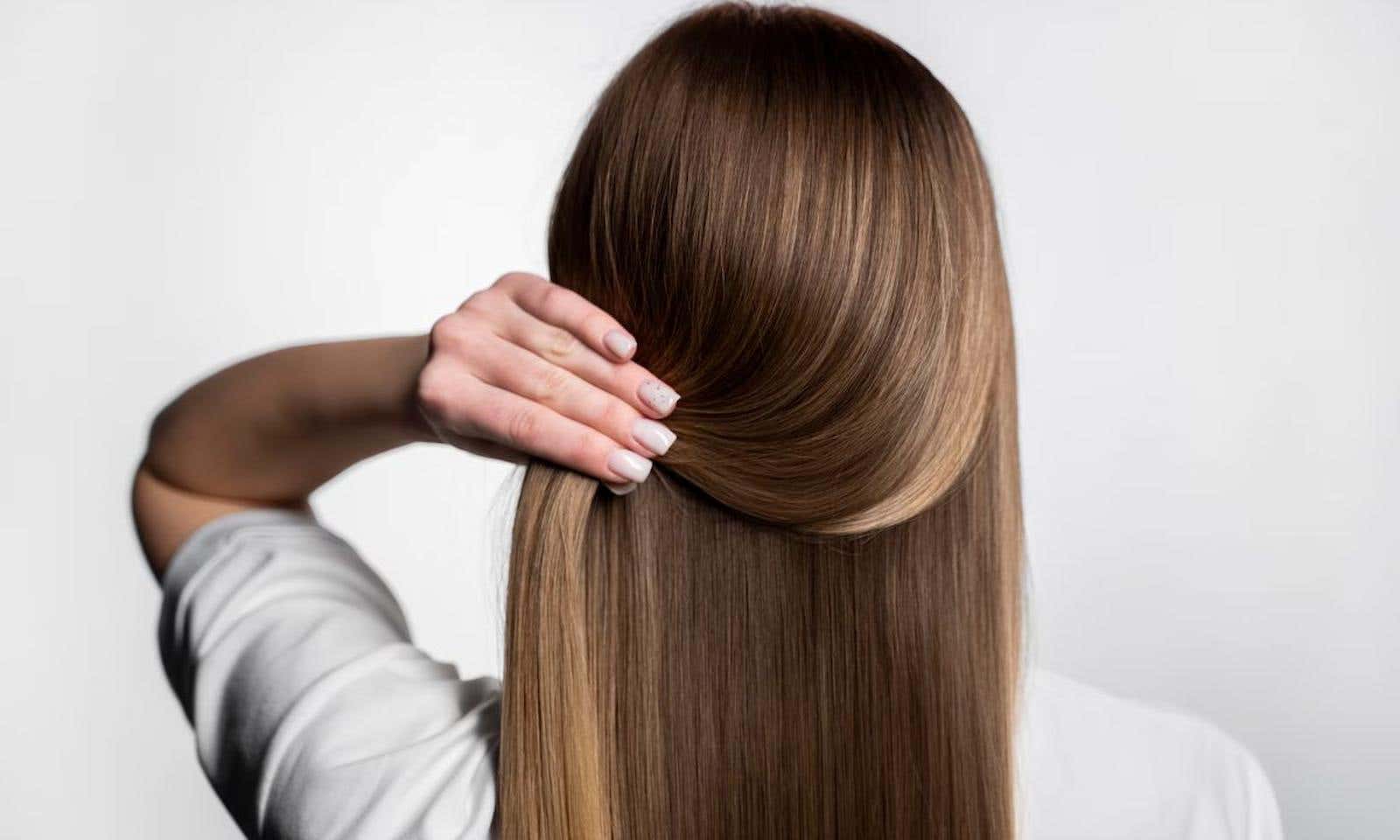Understanding Nail Health
Discover the secrets to growing healthy nails in women with our comprehensive guide. Learn tips, tricks, and techniques for strong, beautiful nails.
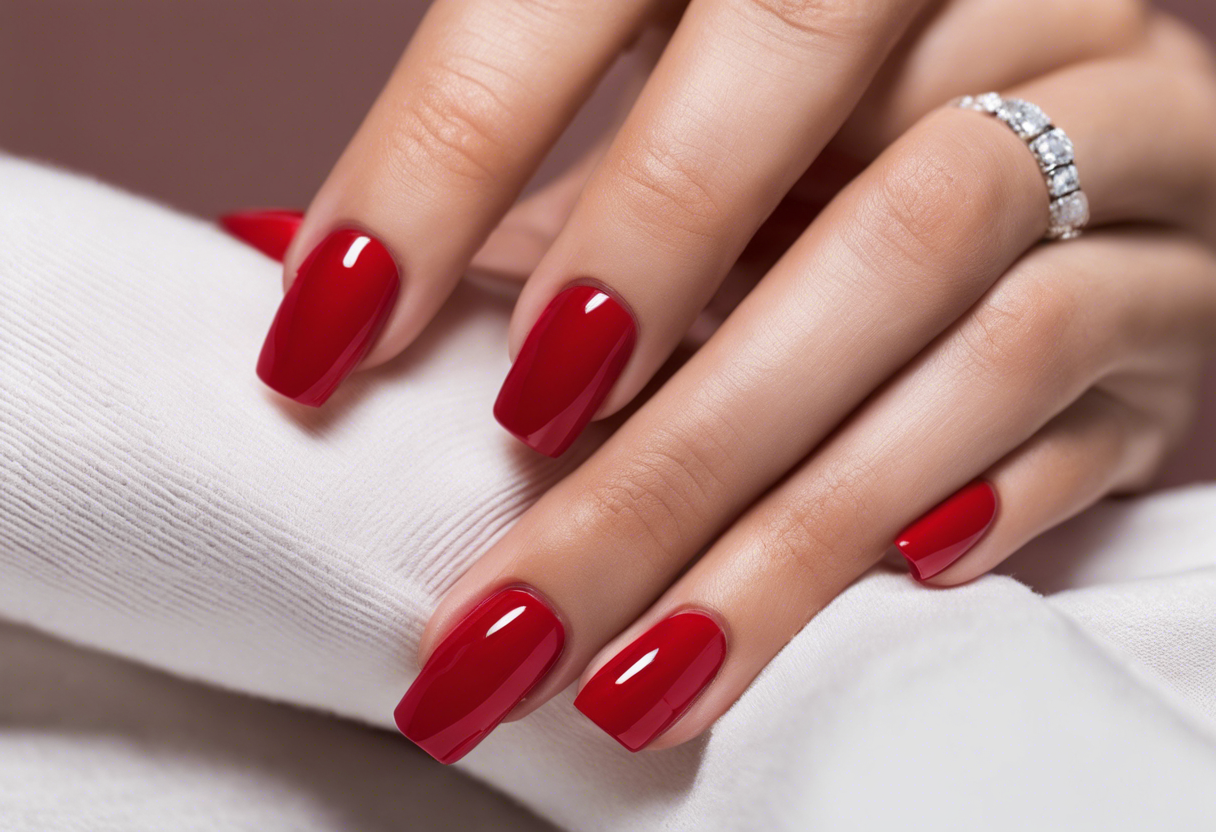

Understanding Nail Health: Tips for Strong and Beautiful Nails
Healthy nails are not only a sign of good hygiene but also reflect your overall well-being. Proper nail care involves more than just cosmetic treatments; it encompasses nutrition, hydration, protection, and mindful habits. Here's a comprehensive guide to help you maintain strong and beautiful nails.
1. Nourish Your Nails from Within
A balanced diet rich in essential nutrients supports nail health. Vitamins and minerals such as biotin, vitamin E, iron, and zinc play crucial roles in promoting nail strength and growth. Incorporate the following into your diet:
-
Biotin-rich foods: Eggs, almonds, sweet potatoes.
-
Iron sources: Spinach, lentils, red meat.
-
Zinc-rich options: Pumpkin seeds, chickpeas, cashews.
Additionally, consider taking a daily multivitamin to fill any nutritional gaps.
2. Stay Hydrated
Proper hydration is essential for maintaining nail health. Drinking adequate water helps keep your nails moisturized, preventing them from becoming brittle and prone to breakage. Aim for at least 8 glasses of water per day.
3. Establish a Gentle Nail Care Routine
Regular nail care practices can prevent damage and promote growth:
-
Trim nails regularly: Use clean, sharp clippers to trim nails straight across, then round the tips slightly to prevent ingrown nails.
-
File nails carefully: Use a fine-grit file to smooth edges and prevent snags.
-
Moisturize cuticles: Apply a nourishing cuticle oil or hand cream to keep nails and surrounding skin hydrated.
4. Protect Your Nails from Harsh Chemicals
Exposure to chemicals in cleaning products and nail polish removers can weaken nails. To protect your nails
-
Wear gloves: Use rubber gloves when cleaning or handling harsh substances.
-
Choose acetone-free removers: Opt for gentle, acetone-free nail polish removers to minimize drying effects.
5. Avoid Nail Trauma
Physical damage to nails can lead to infections and deformities. Prevent trauma by:
-
Avoiding nail biting: This can damage the nail bed and lead to infections.
-
Not using nails as tools: Refrain from using nails to open cans or peel labels.
-
Protecting nails during activities: Wear gloves when gardening or engaging in activities that may cause injury.
6. Practice Safe Manicure Habits
While manicures can enhance the appearance of nails, it's important to follow safe practices:
-
Choose reputable salons: Ensure tools are sanitized and technicians follow hygiene protocols.
-
Limit use of harsh treatments: Frequent use of gel or acrylic nails can weaken natural nails.
-
Allow nails to breathe: Take breaks between manicures to let nails recover.
7. Monitor Nail Health
Changes in nail appearance can signal underlying health issues
-
Discoloration: Yellowing or white spots may indicate fungal infections or vitamin deficiencies.
-
Texture changes: Ridges or dents can be signs of systemic conditions.
-
Brittleness: Weak, peeling nails may result from dehydration or nutritional deficiencies.
If you notice persistent changes, consult a healthcare professional for evaluation.
Conclusion
Maintaining nail health requires a combination of proper nutrition, hydration, gentle care, and protective measures. By adopting these practices, you can promote strong, beautiful nails that reflect your overall health. Remember, consistency is key, and if you have concerns about your nail health, seek professional advice.
What's Your Reaction?









